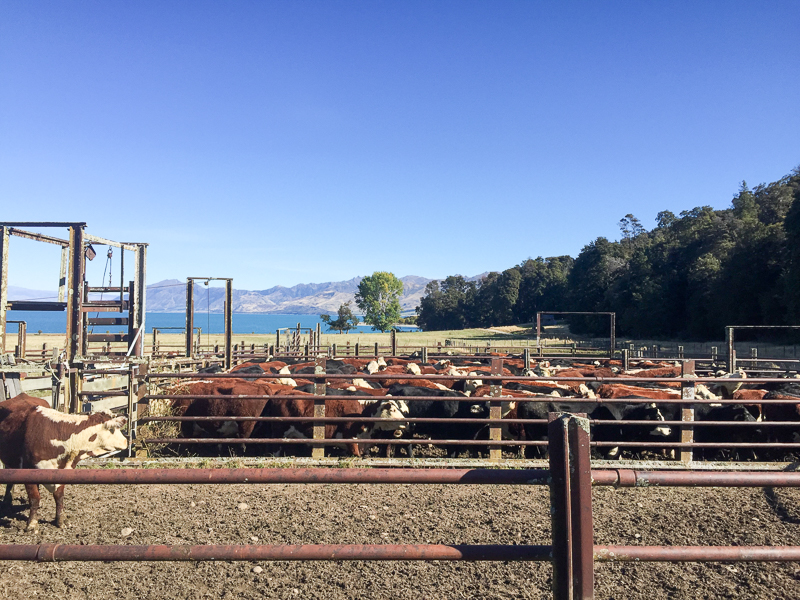
As calf weaning approaches, we judge the performance of our beef cow herds by deciding ‘how good’ this year’s weaners look. Are they a nice even line of calves, or are there a number of tail-end stragglers that will have to play catch-up?
Weaning good-sized calves depends on a lot of factors, including genetics, cow condition, feed and weather conditions, but perhaps less often considered is the average age of the calves. By tightening up the calving spread, calves simply have more days on the ground to grow before weaning. Earlier-calving cows also have more time to recover and to be ready for the bull next time around.
Beef pregnancy scanning offers the chance to find and cull dry cows before winter, but also the opportunity to divide cows into useful groups depending on when they will calve.
In normal ‘good’ conditions, about 60 out of 100 cows will conceive in the first cycle (21 days) of mating.
Of the remaining 40 cows, about 25 will get in calf during the second cycle. Second-cycle cows usually present as a smaller group then, and so they can be held off spreading for three more weeks after the first-cycle mob.
The third cycle of cows will generally be a smaller group again (usually about 10 cows/100). These are a good group to cull if numbers allow, which will tighten up calving nicely. Third-cycle cows are also more likely to end up as drys/empties the following season, as they have less time to prepare for the bull.
If a mob of third-cycle cows (lates) are to be kept, then they can be run separately, spread late and then fed preferentially in order to bring their calves forward and get the cows cycling again as soon as possible. Well-fed late-calvers can definitely be brought forward one or even two cycles.
Our vets are proficient at aging calves during scanning, and can help sort them into cycles or ‘calving mobs’. Cows can be identified into their mobs with ear or RFID tags, or even by cutting the hair from the end of the tail. They can then be run together as a single mob until spreading, when second- or third- cycle cows can be pulled out and held back.
If you want to identify cycles, the ideal time to book in your scanning is three calendar months after the bull is put in with the cows or heifers. If this is before weaning, then it is recommended to be as soon as is practical after weaning. Yes/No (or Wet/Dry) scanning can take place at any time, but, after about five months of pregnancy, calves can be harder for our scanners to spot as they drop further down into the belly.
Scanning is also a good time to discuss cattle health with your vet, and we can investigate any questions about trace elements and diseases while the cows are in the yards. Give us a call if you would like to discuss what might work best for your system.